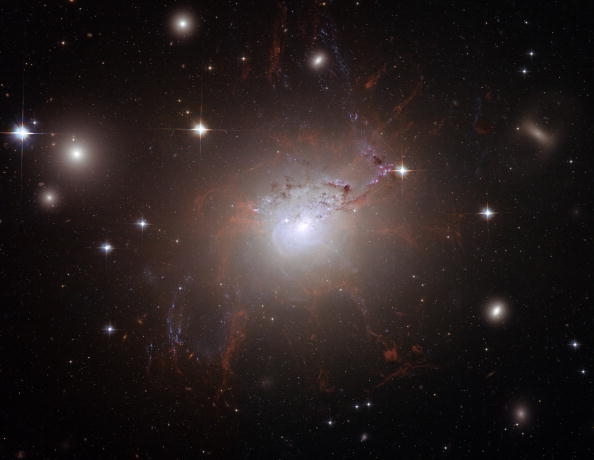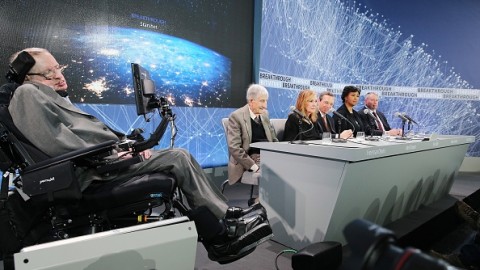Even with the exponential progress of scientific thinking and its application to various fields, our understanding of the Universe isn’t complete. The Universe being the mind bogglingly large place it is, it is nigh impossible to be able to chart its almost infinite territory. Even in the confines of our own galaxy – the Milky Way (which is still a microscopic dot on a microscopic dot compared to many other galaxies), there is much we are not aware of. However, a discovery made by researchers at the University of Birmingham’s School of Physics and Astronomy turns the tables in our favour to a great extent.
The researchers detected some ‘resonant acoustic oscillations’, that is, sound waves emanating from M4, a cluster of stars in the Milky Way galaxy that is believed to be more than 13 billion years old. The researchers were able to use these acoustic oscillations and a technique called astroseismology to ‘listen’ to the sounds these stars were producing, even in the absence of a medium for sound waves to travel. In a press release, a representative from the University of Birmingham explained it so: “These [acoustic] oscillations lead to minuscule changes or pulses in brightness, and are caused by sound trapped inside the stars”. So what causes the sounds inside the star? To answer this, we must understand that a star is basically a cloud of very hot gas. Inside the surface of the star, a gigantic number of gas particles are vibrating in random motion. They cause the star’s surface to resonate, to ‘breathe’ in and out. This results in fluctuating temperature, and by consequence, fluctuating brightness, which can be recorded. The challenge then is to gather this data and then use it to infer the frequency, amplitude and other qualities of the sound. To accomplish the task, the researchers analysed the brightness changes using data obtained from NASA’s K2 mission and the Kepler mission. These pulses were then entered into a computer software which converted these infinitesimal changes of brightness to sound. As a result of this process, brightness was decoded into sound, allowing us to listen to the ‘stellar music’, which has been described by many as a bit ominous and foreboding.
Using this process, it becomes possible to extract important information about target stars or star clusters, such as the age and the mass of the star. This data is vitally important in understanding the workings of the stars underneath their surface. Since the sounds are from 13 billion years ago, we can look at these sounds and deduce what events happened during that time. Just like archaeological relics and artifacts that are radiocarbon dated so that we can understand the history related to them, stars can be used to infer data, using astroseismology to learn about important events in the history of the Milky Way galaxy.
It is truly fascinating to contemplate that some of the oldest sounds in a span of 100,000 light years (to put that into perspective, 946073047258080000 km) – sounds produced 13 billion years ago – are now audible to us, even in the absence of any material medium through which these sound waves can pass. We are very privileged to be able to hear the music from some of the most enormous and ancient musical instruments in the Universe – the stars themselves.
You can listen to a sound byte of the sounds detected by the team at the University of Birmingham School of Physics and Astronomy by following this link: http://www.cnet.com/au/news/listen-to-the-eerie-music-of-ancient-stars/
You can also learn more about this topic on the University of Birmingham’s official website: http://www.birmingham.ac.uk/news/latest/2016/06/asteroseismologists-listen-to-relics-of-the-milky-way.aspx
Tags: Astroseismology University of Birmingham









